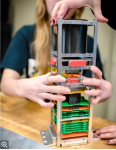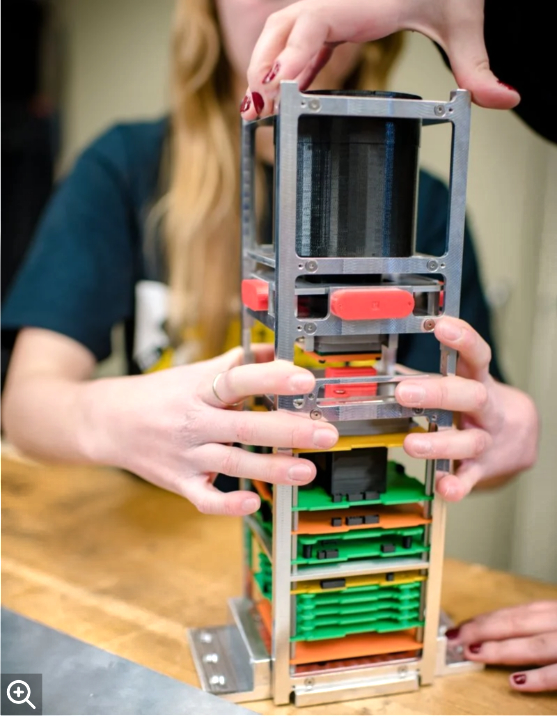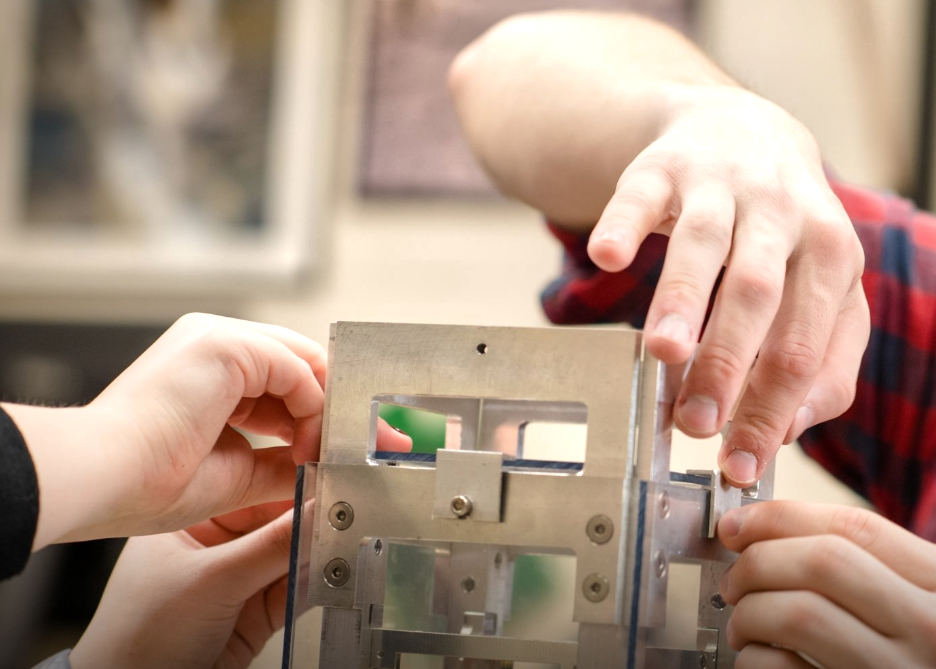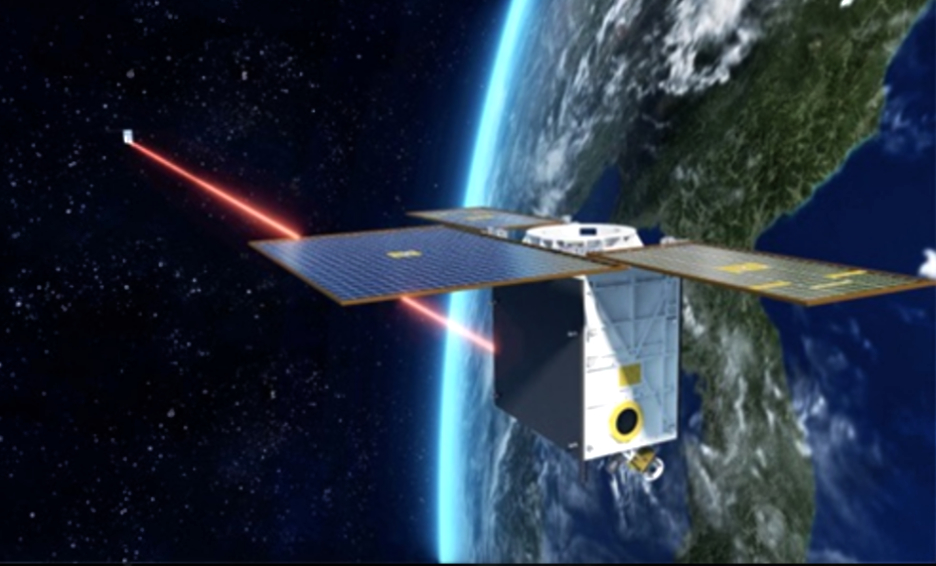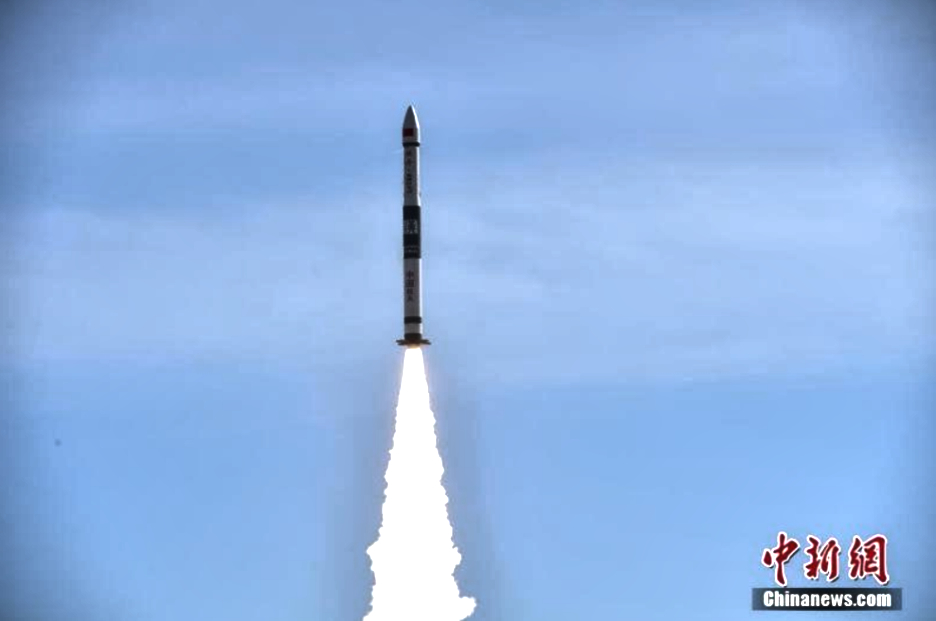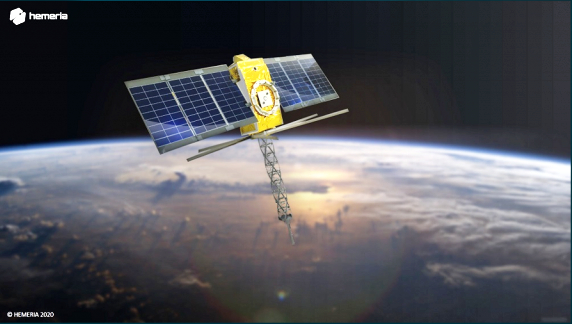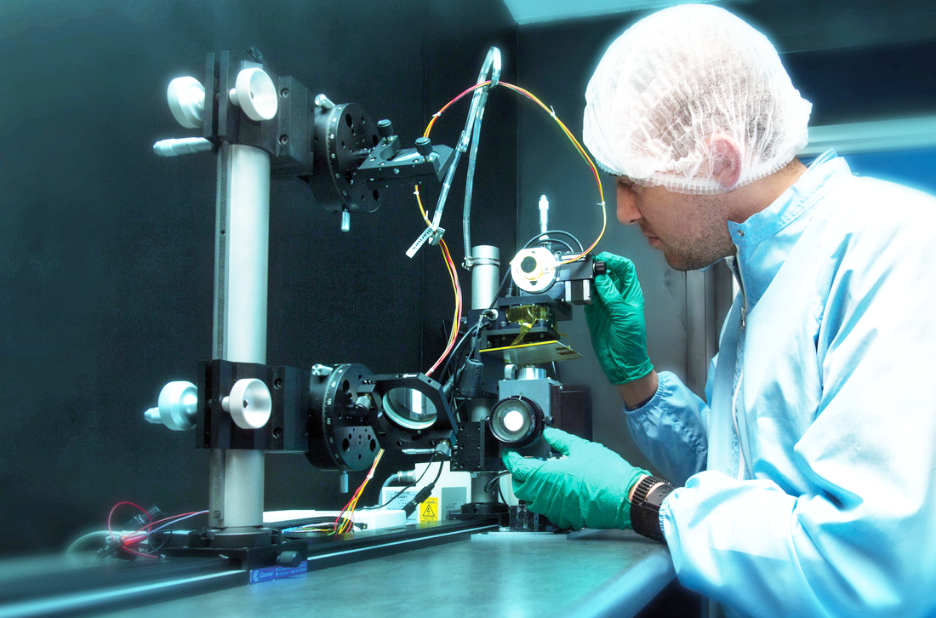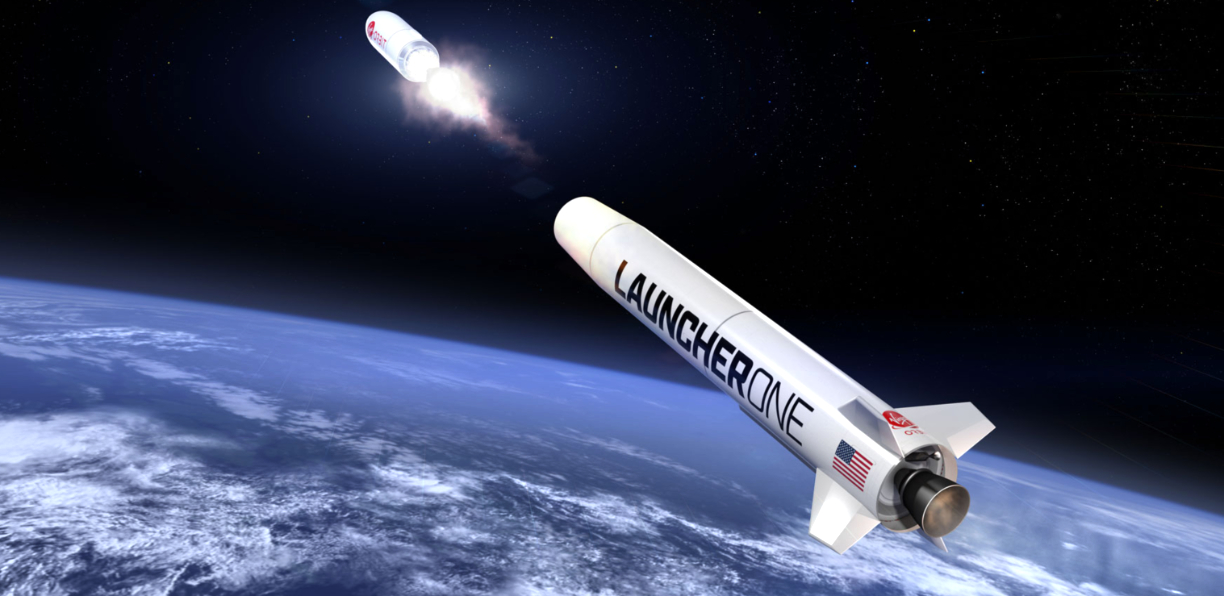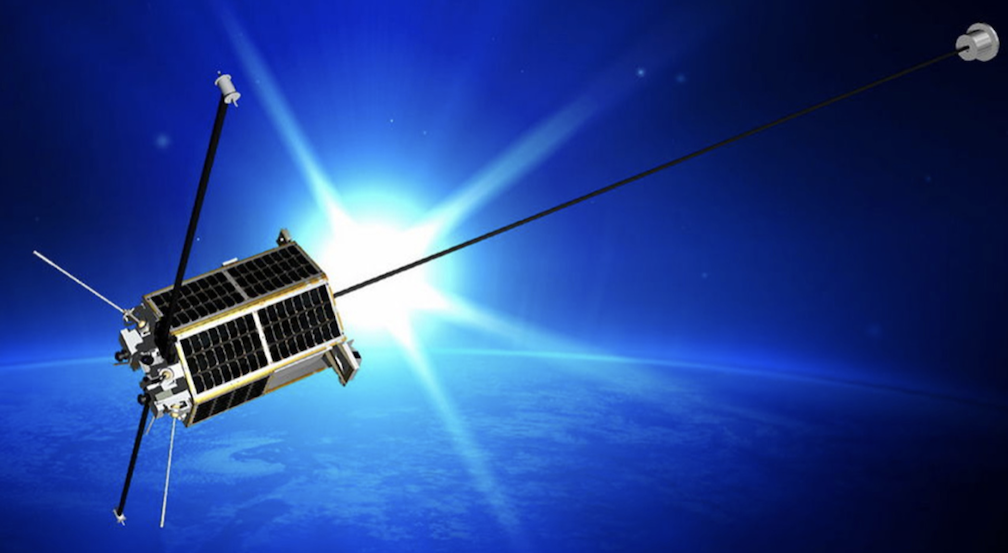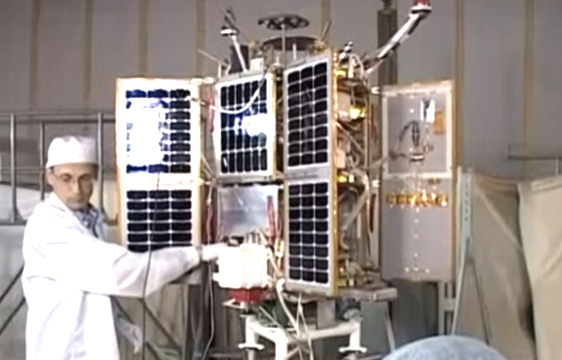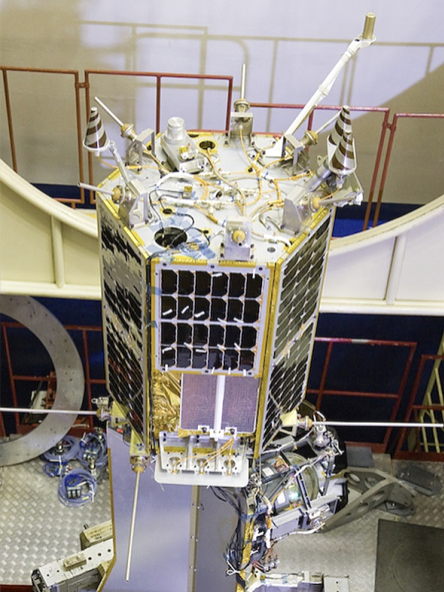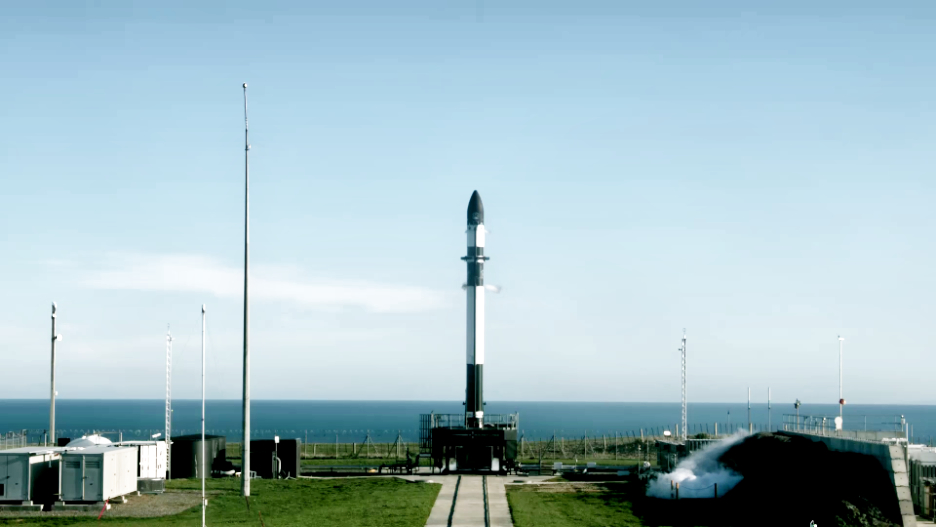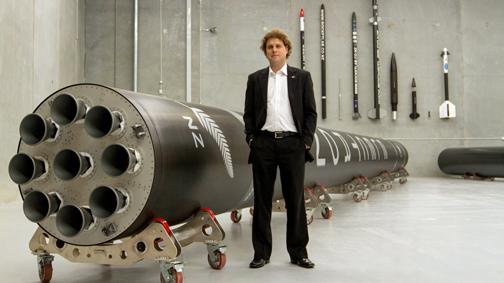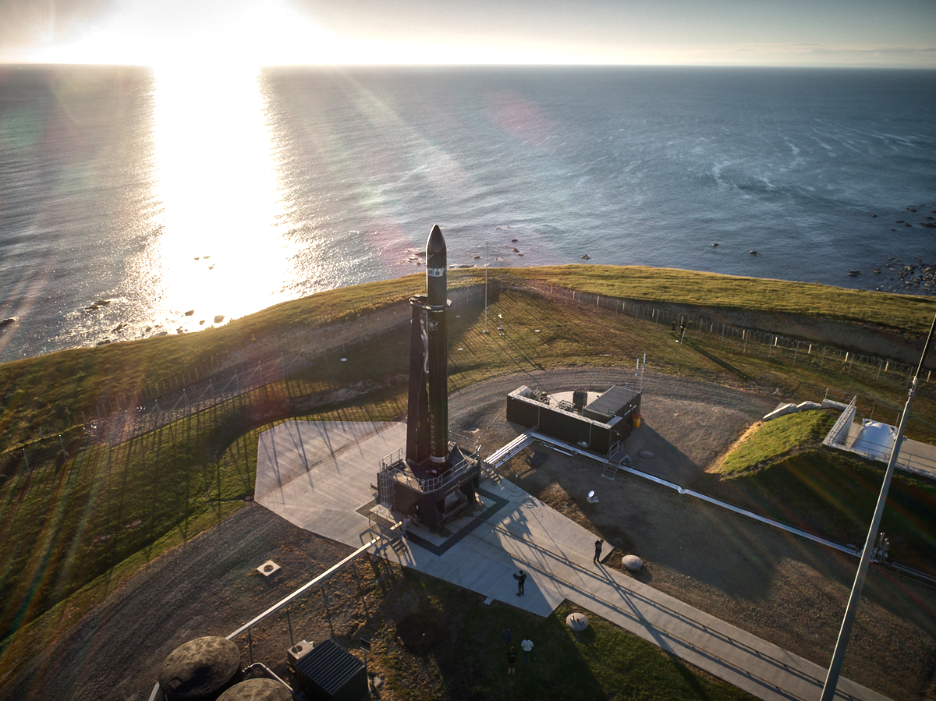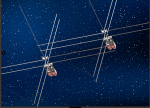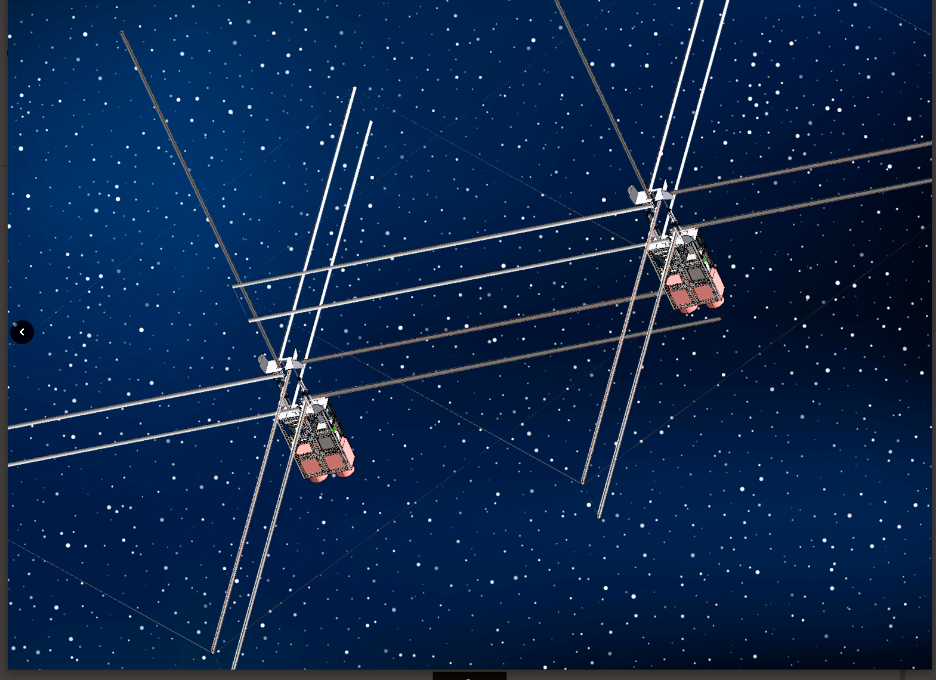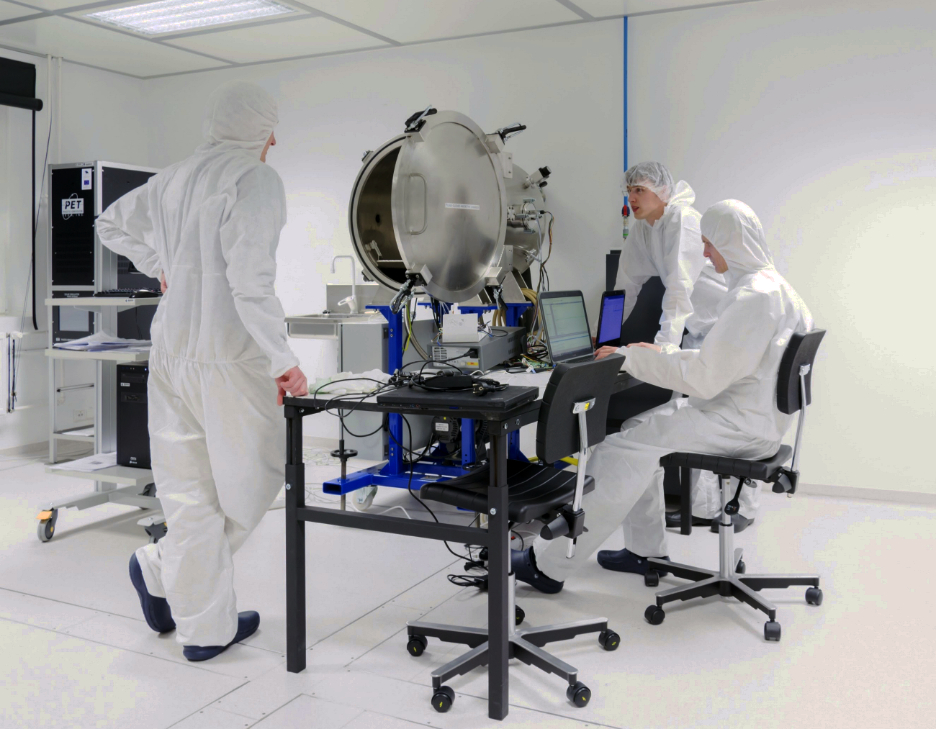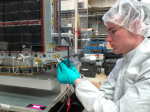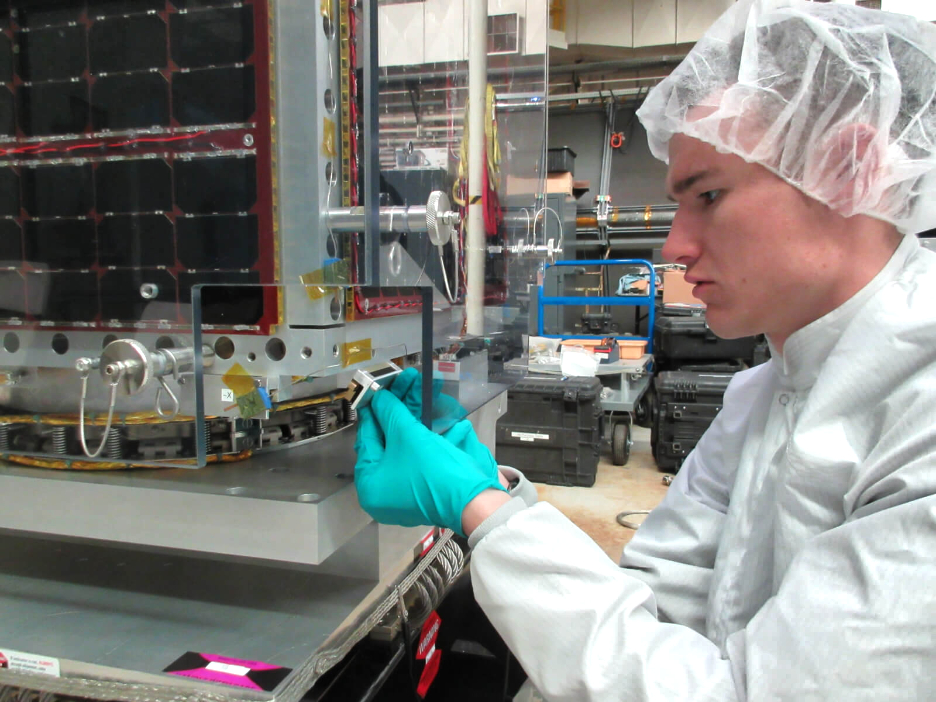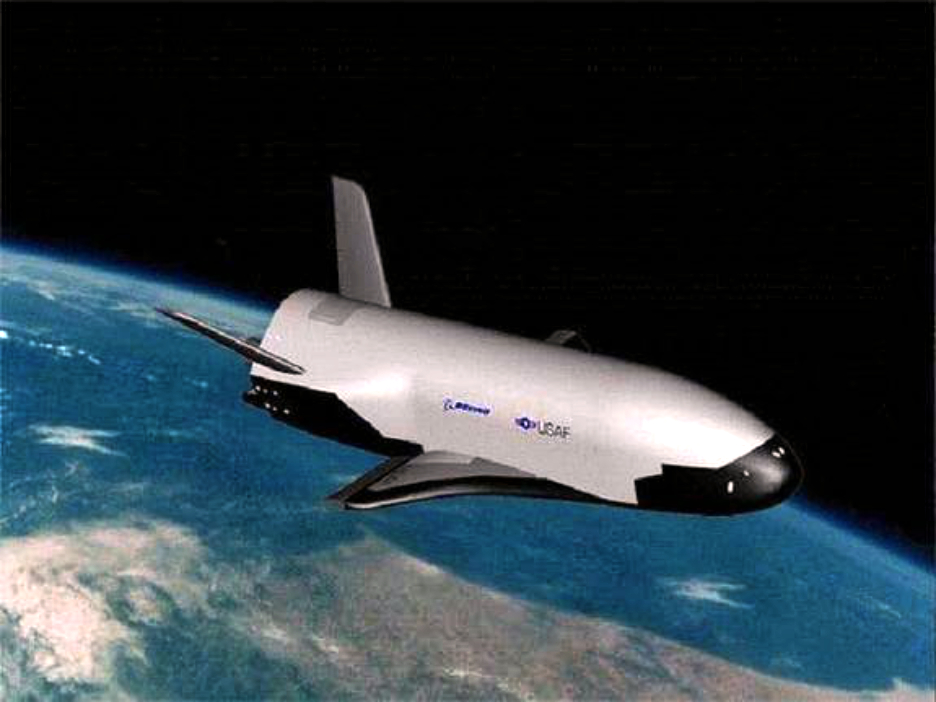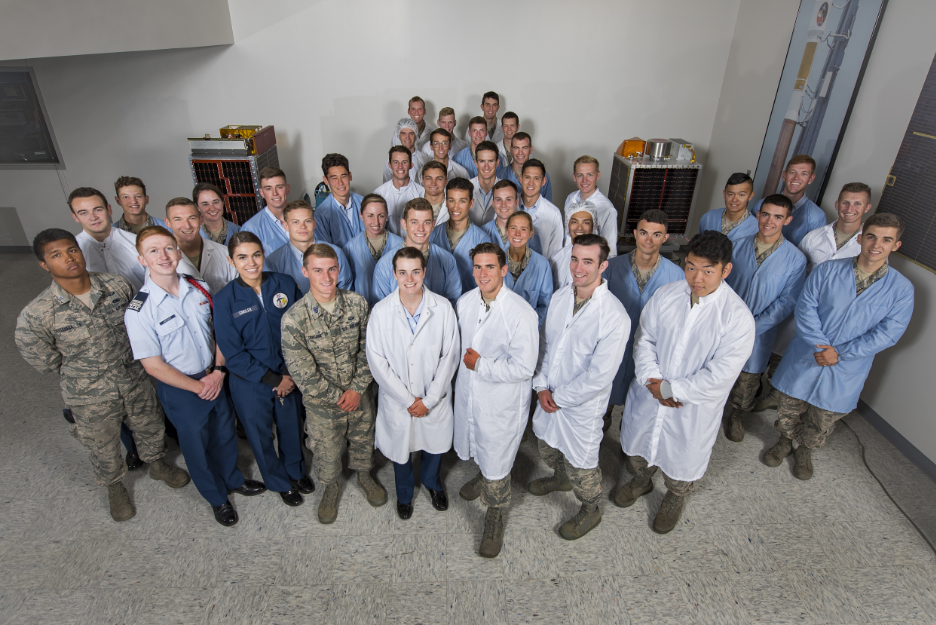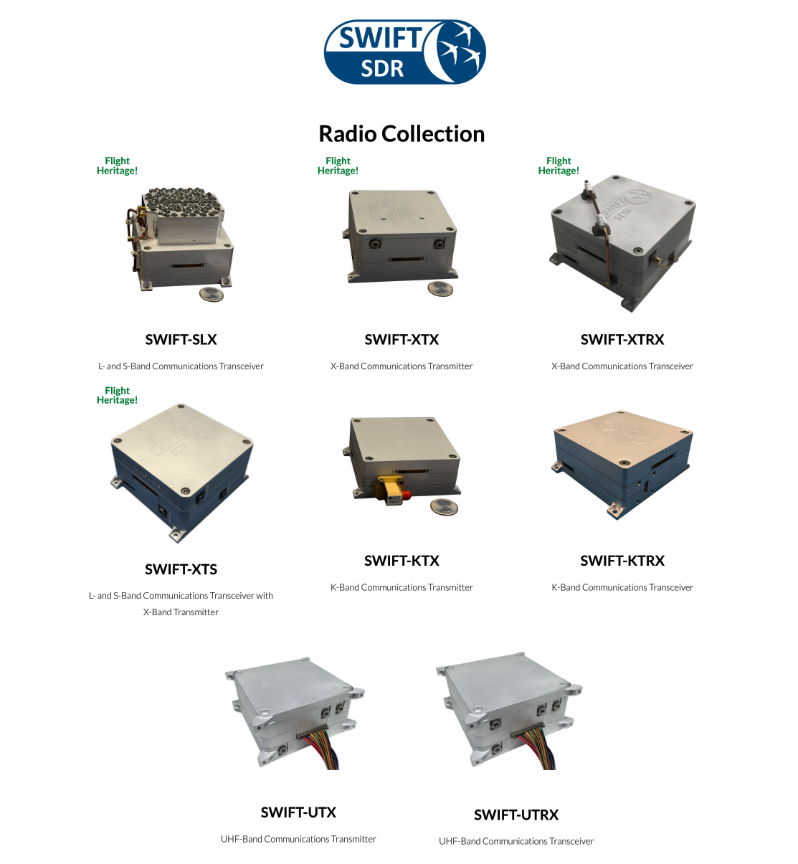
In partnership with the U.S. Space Force (USSF) and Space Development Agency (SDA), DARPA’s Blackjack program is targeting flights to LEO later this year and 2021.
Using a series of small, risk reduction satellites, the program aims to demonstrate advanced technology for satellite constellation autonomy and space mesh networks. Blackjack seeks to develop and validate critical elements of global high-speed autonomous networks in LEO, proving a capability that could provide the Department of Defense (DoD) with highly connected, resilient, and persistent overhead coverage.
The upcoming demonstration flights are all planned as rideshares, catching a ride to LEO on a launch with other missions. The first demonstration, Mandrake 1, is a smallsat that will carry supercomputer processing chips. Mandrake 2 is a pair of smallsats that will carry optical inter-satellite links for broadband data. These could form the basis of future optically meshed computer networks in LEO.
The program also is targeting a risk reduction payload called Wildcard, a software-defined radio (SDR) that will experiment with links from LEO to tactical radios. A data fusion experiment with the ability to host advanced third party algorithms, known as massless payloads, is intended for an upcoming Loft Orbital mission.
Blackjack aims to demonstrate sensors that are low in size, weight, and power, and that can be mass produced to fit on many different buses from many different providers, for less than $2 million per payload.
The agency is evaluating buses from Airbus, Blue Canyon Technologies and Telesat, all of which have progressed through preliminary design review. The final selection of buses will happen in 2020. The program recently completed preliminary design review for Pit Boss, selecting SEAKR as the primary performer for the on-orbit autonomy system. The agency also awarded a contract to Lockheed Martin as the satellite integrator.
Several sensor payloads are under consideration for the Blackjack demonstration sub-constellation, including overhead persistent infrared (OPIR) from Collins Aerospace and Raytheon; radio frequency systems from Northrop Grumman Mission Systems, Trident, and Systems & Technology Research; position, navigation, and timing from Northrop Grumman; optical inter-satellite links from SA Photonics; and electro-optical/infrared from L3Harris. The program also recently completed a Small Business Innovation Research contract with Augustus Aerospace to work on an Army Space and Missile Defense Command-related payload.
Over the next few months, the program will run simulations to test payloads in virtual constellations of all types of missions. The goal is to show interoperability between the commoditized buses and the various payloads being considered.
Paul “Rusty” Thomas, the program manager for Blackjack’s , said it is important that the agency gets the design right. DARPA focused first on buses and payloads, then the autonomous mission management system, which is called Pit Boss. Integration of the first two military payloads should start next summer, with launch via rideshare in late 2021, followed by the remainder of the Blackjack demonstration sub-constellation in 2022. The organization needs to show the constellations can move the right amount of data and support the data fusion and command and control wanted from Pit Boss. From there, DARPA will start building the actual hardware. By late next spring, the hardware will be in-hand and then next summer will be spent focused on satellite-level qualification for launch readiness in late 2021.


